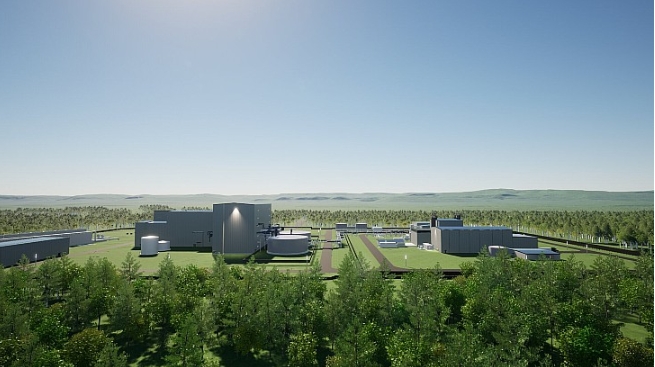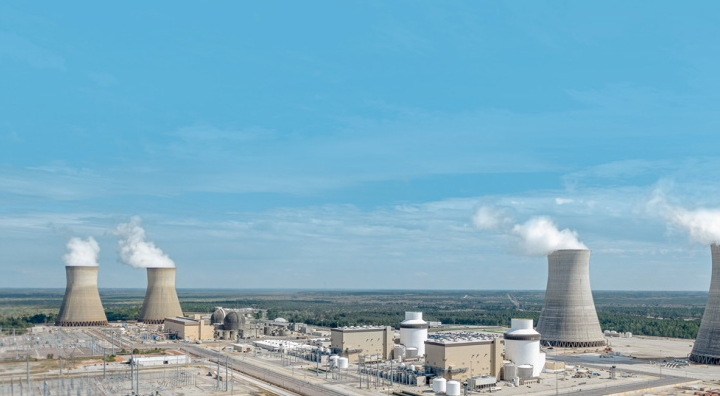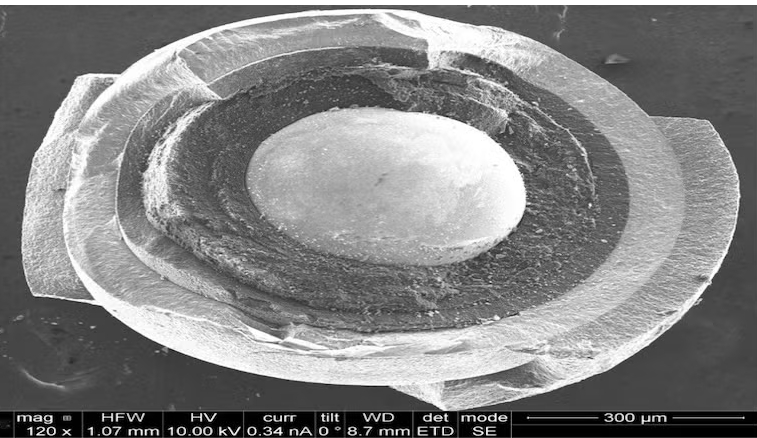The new report, Update to the role for nuclear in UK’s transition to a low carbon economy, also shows there has to be a clear focus from all stakeholders on cost if new nuclear is to be commercially successful, the ETI said, adding that the project summary report it issued in April last year showed that this was possible.
The report coincides with the UK government's recent announcement of a new target for the country to achieve net-zero carbon emissions by 2050. Reaching this target, the ETI said, will require a cost-effective transition to a low-carbon energy system, and its latest report highlights the role future nuclear plants can play in that transition.
Whilst large-scale nuclear reactors are best suited for baseload electricity, it said, small modular reactors (SMRs) and advanced modular reactors (AMRs) may be valuable for flexible dispatchable heat and power as high-temperature heat could be cost effective for hydrogen production. A range of innovations in the nuclear heat supply systems are "yet to be proven", technically and commercially, but the ETI predicts these innovations could be ready to be deployed in a range of AMRs operating in limited numbers from 2035.
System lens
Jonathan Wills, CEO of the Loughborough, England-based organisation said the next 15 years will be "critical in implementing a transition".
In the foreword to the report, Wills said: "Looking at nuclear through the system lens once more through the ESME [energy system modelling environment] models and scenarios confirms that electricity generation will always be an important role for current and future nuclear technologies. However, as decarbonisation of our energy system, there may be potential future roles for advanced low-cost nuclear technologies operating at higher temperatures capable of supplying power, high-temperature industrial heat, and hydrogen.
"The potential system benefits of deploying such technologies alongside renewables and carbon capture, storage and use are yet to be properly explored. The sensitivity analysis reported in this insight document hints that the potential prize associated with nuclear, even with very pessimistic assumptions, can be significant not only in the value to consumers but also in economic opportunity."
Mike Middleton, the ETI's strategy manager, added: "This research shows contemporary gigawatt scale reactors remain the only designs ready to be deployed in the UK in meaningful numbers between 2025 and 2035. Conservative and pessimistic application of learner effects from a potential UK programmatic approach, using data derived from the ETI NCD project and applied in limited ESME scenario sensitivity testing, indicates that deployment of such reactors continues to be a central part of a UK lowest cost low carbon energy solution. Innovations in the nuclear heat supply system (Gen IV advanced reactors and fusion) are yet to be proven technically and commercially, although some First of a Kind (FOAK) commercial plants could be operating in limited numbers from 2035. Such commercial plants could offer transformational reductions in cost and consequential growth in economic opportunity."
Actions
The report lists a number of actions it says should be pursued. The first is development of a better understanding of a potential programmatic approach to a succession of UK large light-water reactors together with the impact of different policy options in driving the rate of potential cost reduction.
"It is only these designs which can offer significant new nuclear electricity generating capacity between 2025 and 2035," the report says.
Another is for ESME development to better appraise the value of AMRs; in particular, implementation of the model functionality to recognise the potential for flexible power, heat and hydrogen production from these technologies.
"Advocates of different advanced reactor systems claim different benefits from these technologies, and it may be necessary to introduce a range of different Gen IV technology lines into ESME including possibly the representation of a generic modular fusion reactor," the report says.
ESME functionality and scenarios are needed, it says, to explore and demonstrate: extending system decarbonisation from 80% to 100% (or carbon neutral); achievement of the triple optimisation of cost, decarbonisation, and cities which meet legally binding air quality standards; and the system impacts if nuclear is excluded from contributing to future energy system decarbonisation scenarios.
The ETI is a public-private partnership between the UK government and BP, Caterpillar, EDF, Rolls-Royce and Shell. It will be officially closing in December.







